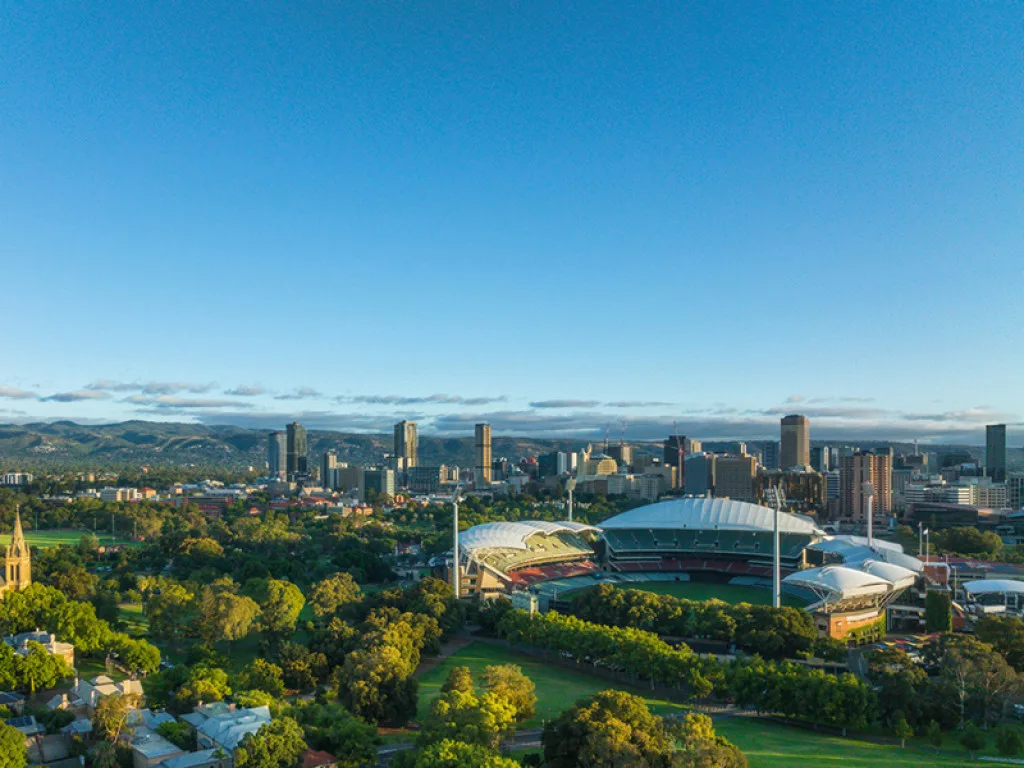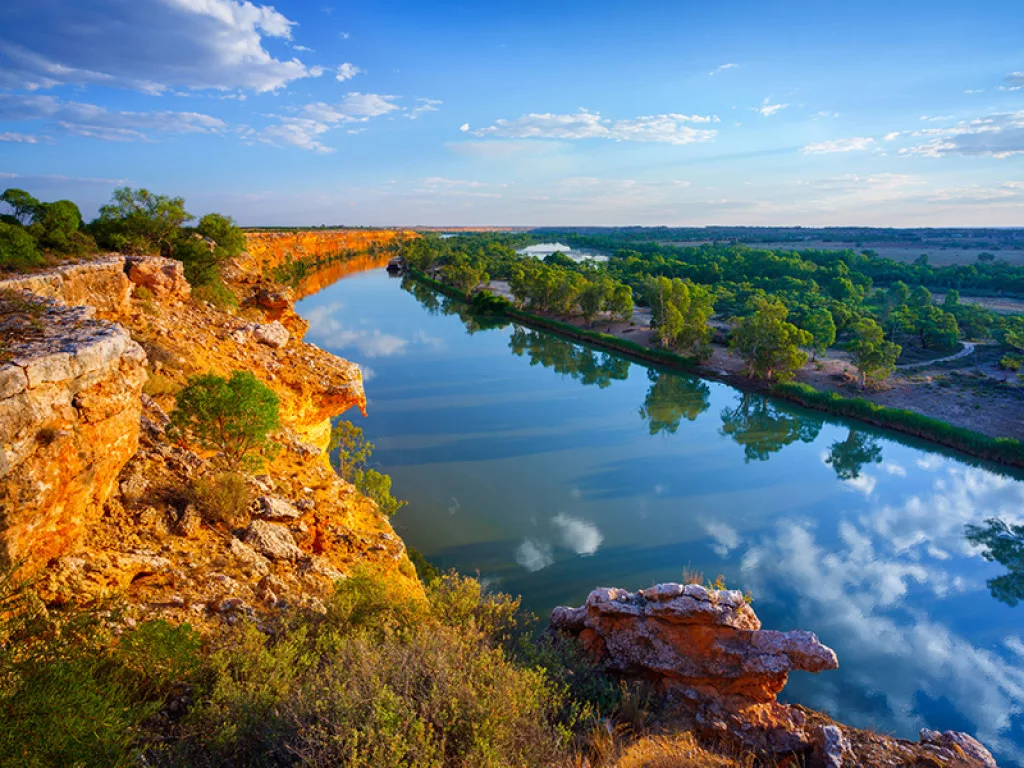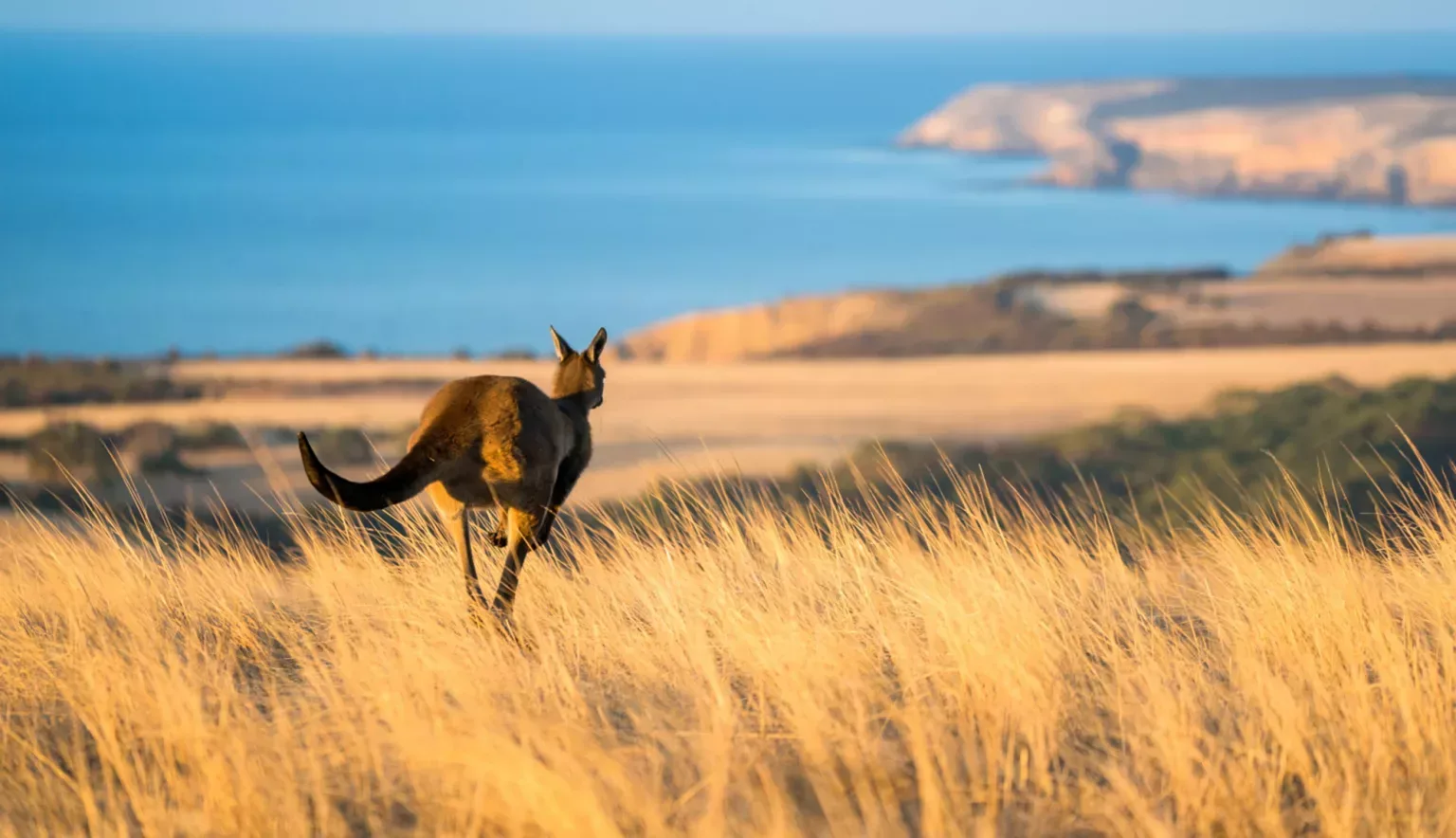Where the outback meets the ocean, South Australia is a beacon for sustainable travel. Offering wildlife, wine, and world-class beaches, we uncover a slice of authentic Australia.
SOUTH AUSTRALIA
Widely tipped by locals as the ‘real Australia’, South Australia is amongst the richest in its offering to travellers and offers the best of Australia within one state.
Boasting wonderful wildlife, wine, food and beaches, South Australia is a destination worthy of any tourist’s attention in 2022, as the state looks forward to when it can welcome back international visitors.
Today, South Australia is establishing itself as a true leader in sustainable tourism, with National Geographic UK including Adelaide amongst its ranking of seven sustainable destinations for 2022. Adelaide itself has also just won National Park City status – only the second city in the world to hold this honour. It won this title after proving its commitment to making Adelaide greener, wilder and cooler and visitors will enjoy seeing koalas snoozing in trees, butterflies in the Botanic Gardens and a whole range of other native species living happily in their natural habitats.
South Australia offers a less populous alternative to its busier neighbours of New South Wales and Victoria. A topographically diverse region, the landscapes of South Australia range from the wilds of the outback to the postcard-perfect plains of Kangaroo Island, and the populous enigmatic state capital of Adelaide.
Regional South Australia comprises miles of arid outback to the north, national parks and low mountain ranges surrounded by miles of unspoilt coastline. Sparkling cerulean seas host endemic species such as gatherings of giant cuttlefish and the leafy sea dragons from which the state takes its emblem.
Culturally speaking, South Australia offers an authentic insight into Aboriginal culture and its rich heritage. Archaeological findings throughout the state suggest that humans have inhabited these lands for over 50,000 years and experiencing the indigenous heritage on a tour in South Australia is quite special.
South Australia is also a sommelier’s paradise, boasting world-renowned wine-making regions throughout the rolling Adelaide Hills and the Barossa, where you may be tempted to sample an award-winning glass of Shiraz. Adelaide itself is renowned as the ‘Vineyard City of Australia’, home to the iconic Penfold’s winery.
Hosting one of Australia’s culinary capitals and a highly commended range of accommodation, South Australia offers an intoxicating taste of the finer things in life.
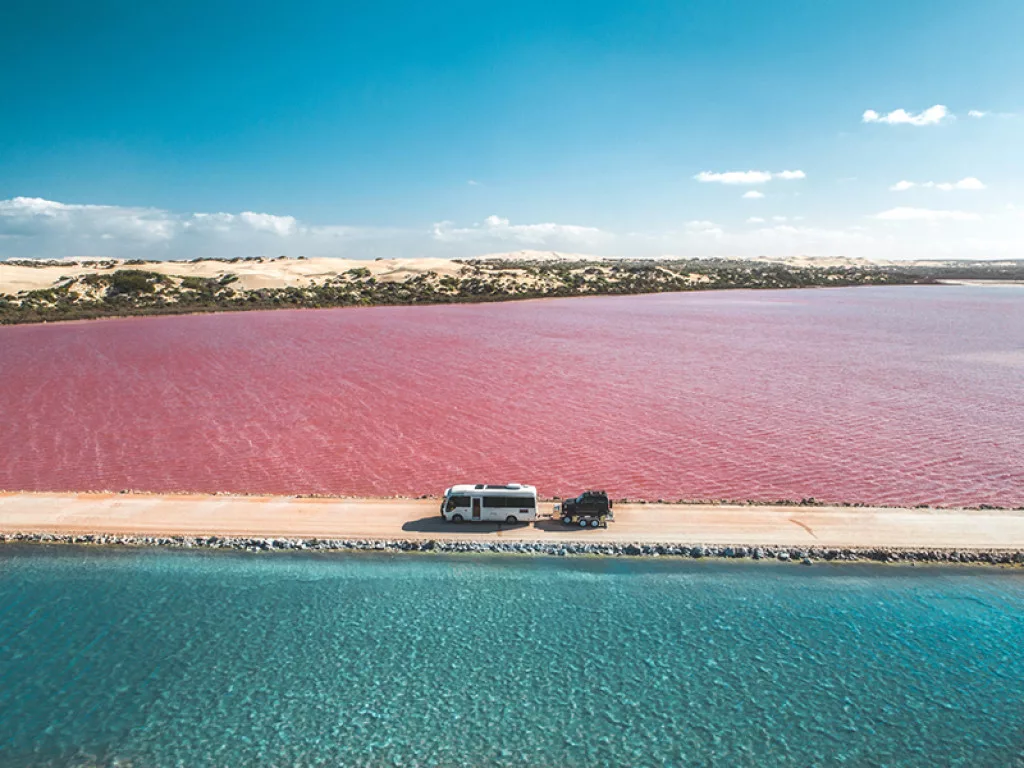
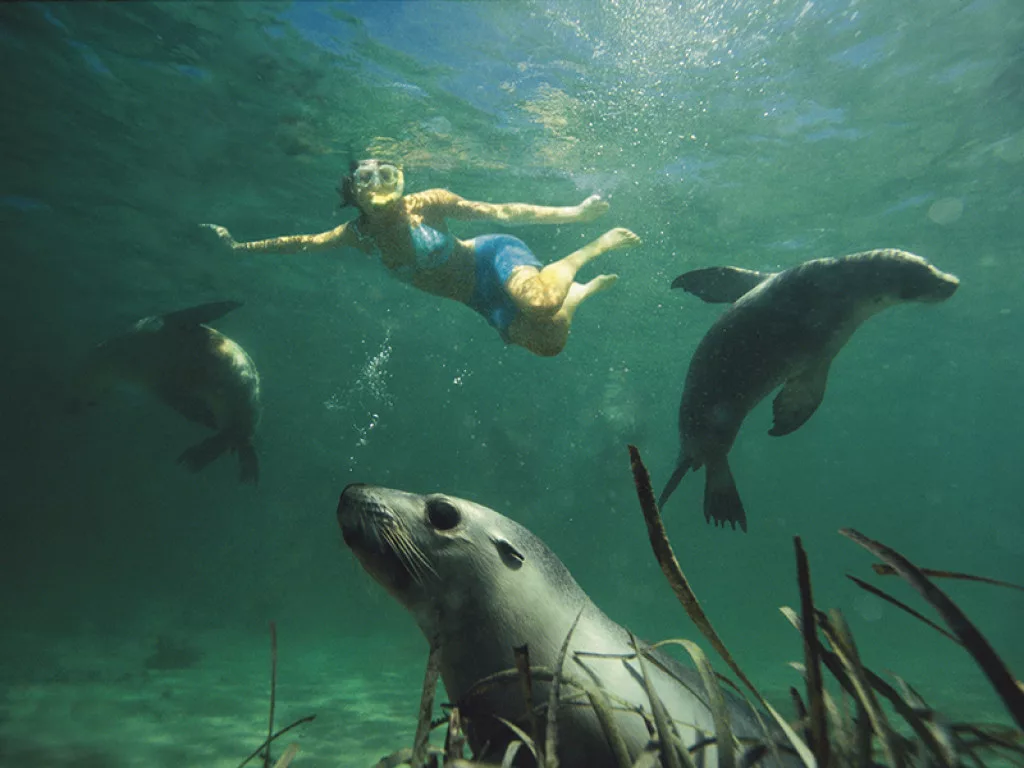
TOURISM INSIGHTS: SOUTH AUSTRALIAN TOURISM COMMISSION
Since 1993, the South Australian Tourism Commission (SATC) has championed the region as a destination for tourism. Today, the SATC is stimulating the tourism sector’s economic growth and pioneering its recovery in the wake of COVID-19. Pursuing the ambitious goal of boosting the visitor economy to $12.8 billion by 2030, we find out more with Chief Executive, Rodney Harrex.
Q&A WITH RODNEY HARREX, CHIEF EXECUTIVE, SATC
Can you talk us through the origins of the SATC and its initial vision?
Rodney Harrex, Chief Executive (RH): We were established under the South Australian Tourism Commission Act 1993. Our purpose has always been to assist in securing economic and social benefits for the people of our state through promoting South Australia as a tourism destination, including the promotion of events and festivals and the further development and improvement of our state’s tourism industry.
What are your organisation’s current goals? For instance, I understand the SATC intends to grow the visitor economy to $12.8 billion by 2030?
RH: Our immediate focus is on recovering our once $8.1 billion visitor economy so we can get back on track to achieving our 2030 goals. Over the past 12 months we’ve been running important stimulus programmes such as the Great State Voucher scheme and Tourism Industry Development Fund (TIDF) to support our industry in the wake of the dual crises of the ‘black summer’ bushfires and the COVID-19 pandemic.
These programmes have been hitting the mark, boosting visitation from the domestic market and supporting private sector investment in new and improved regional accommodation and the development of quality tourism product and experiences. The Great State Voucher scheme is expected to inject an estimated $90 million into our visitor economy, while as of October 2021, the TIDF has supported 80 projects across our state with a combined project value of more than $56.8 million.
With our state’s borders opening to fully vaccinated domestic travellers as of 23 November 2021, there is a sense of optimism across our tourism industry. In fact, forward bookings for Adelaide hotels in the coming three months are the strongest they have been since the pandemic began.
We are committed to achieving our bold ambition for 2030: growing the visitor economy to $12.8 billion, generating 16,000 additional jobs. The latest results for the June 2021 year-end have seen expenditure recover to $5.8 billion, ahead of our original impact forecast of $4.9 billion. In fact, our model is now anticipating a recovery of the visitor economy to $6.3 billion by June 2022. We have a long road ahead of us, but it’s wonderful to see the green shoots of recovery emerge.
Why, in your opinion, should someone visit South Australia?
RH: You can experience the best bits of Australia within South Australia without having to travel huge distances, meaning visitors can maximise every moment of their holiday here. The vineyard city of Adelaide, our state capital, is served well by Qatar, Qantas and Singapore Airlines and is an easy 20-minute taxi ride from the airport so visitors can ease themselves into their trip as soon as they arrive. The city is home to some of the world’s best laneway dining and small bars, and also boasts some incredible galleries, museums and beautiful beaches. We call it the vineyard city of Australia because it has one of the world’s most famous wineries, Penfolds, in the city itself and is within easy reach of the Adelaide Hills, McLaren Vale, Barossa and Clare Valley wine regions. In all of these areas visitors can enjoy the very best of Australia’s food and drink scene and get to meet passionate producers in stunning surrounds. For wildlife fans there are so many opportunities to see native wildlife in the wild in epic locations such as Kangaroo Island and the Flinders Ranges – an outback region steeped in Aboriginal culture. Ramblers are spoilt for choice when it comes to incredible multi-day hikes, and those wanting to hit the beach can have one all to themselves!
How do you market South Australia as a destination for sustainable travel experiences?
RH: South Australia as a state is leading the way in Australia when it comes to sustainability across a range of industries. We were the first state to ban single use plastics, at the start of last year we became the first state to commit to halving our greenhouse gas emissions below 2005 levels by 2030, and our government’s Climate Action Plan aims to achieve net 100 per cent renewable energy by 2030. Currently more than 60 per cent of our power supply comes from wind and solar and the creation of Green Adelaide has led to some incredible outcomes to make our state capital cooler, greener, wilder and more climate resilient.
On the tourism front, sustainable practices and responsible travel is in our DNA, and we have long worked with stakeholders to protect and promote our pristine natural environments, rich cultural heritage and vibrant local communities for the common good. Many of our tourism businesses are owner operated and run by locals who are passionate about protecting their slice of South Australia for future generations. We have harnessed many of their stories on a new section of our consumer website: https://southaustralia.com/plan-your-trip/sustainability
The new content shows how visitors can actively participate in this movement in Adelaide and in regional South Australia by touring with eco-certified guides, getting involved in citizen science initiatives, discovering our rich Aboriginal heritage, visiting one of our rewilding sites and spending time with one of our many biodynamic winemakers. There is even a raft of fabulous off grid tiny houses that visitors can stay in now, and as borders open up again, we look forward to further promoting our sustainable tourism credentials.
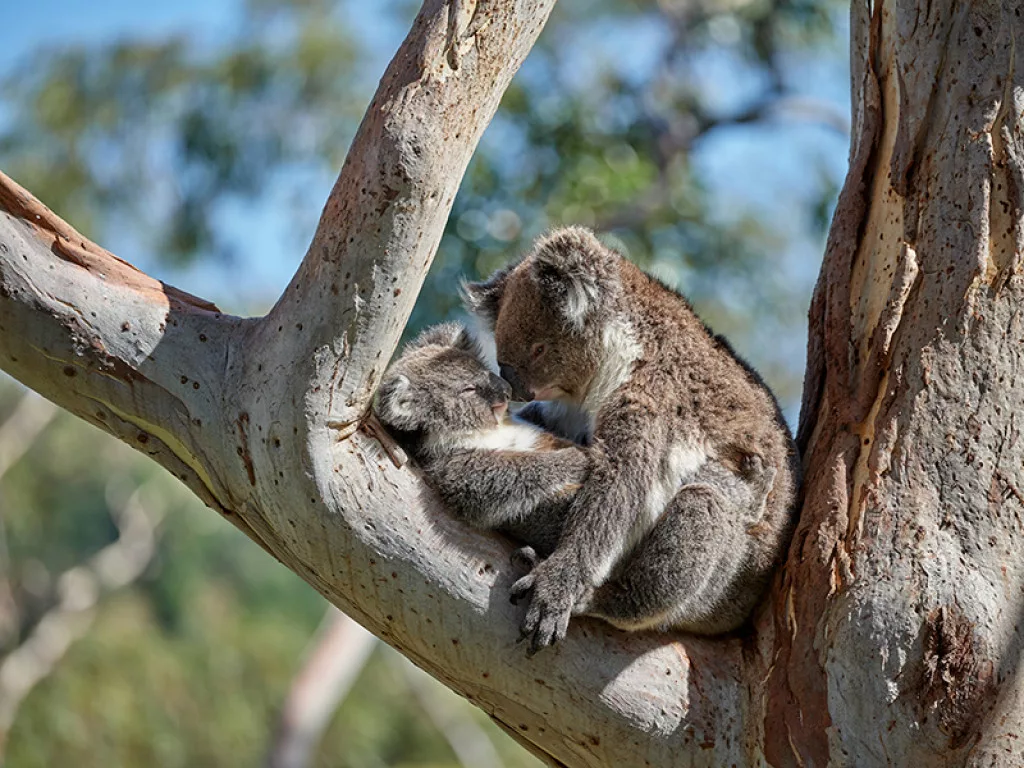
What lesser-known, or off the beaten track, destinations would you recommend to visitors to South Australia?
RH: I love Outback South Australia and have been lucky enough to spend time in the Flinders Ranges (about a five-hour drive from Adelaide) and further north in places like the underground opal mining town of Coober Pedy and the incredible Lake Eyre. There are some fantastic local guides working to bring the outback landscapes to life, identifying the unique flora and fauna and sharing the Aboriginal culture in a really immersive way. Taking a flight over the Painted Hills is something not many people have had the opportunity to do, but I would thoroughly recommend it. They cover an area of 30 kilometres by 10 kilometres and are a truly remarkable outback landmark.
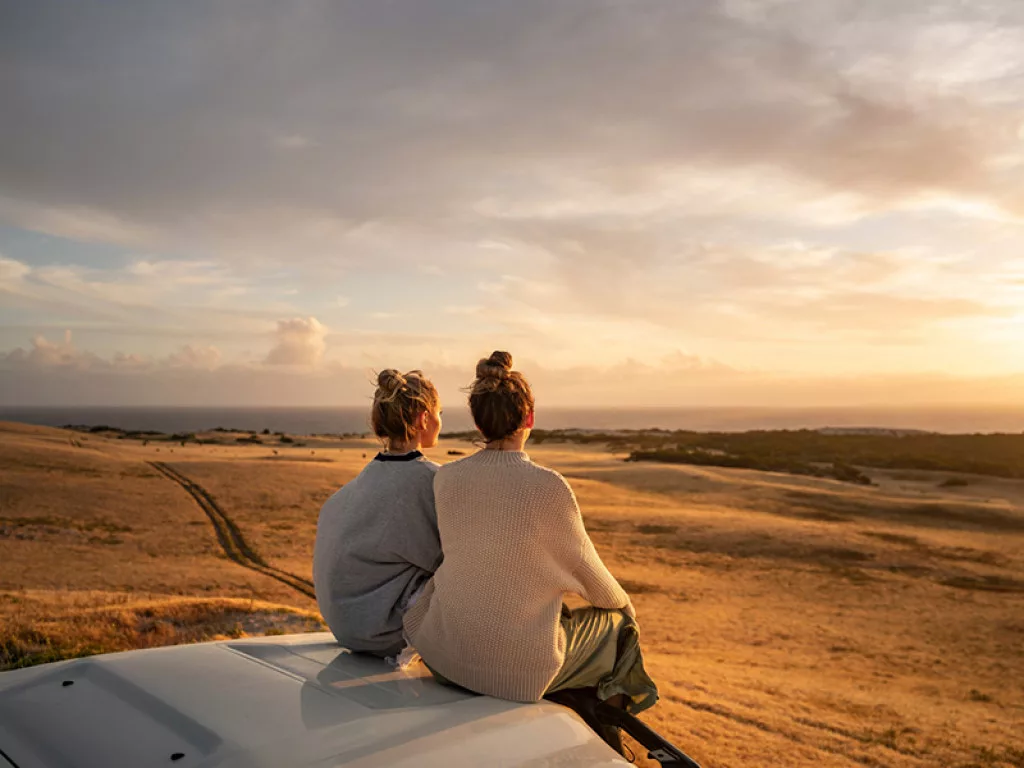
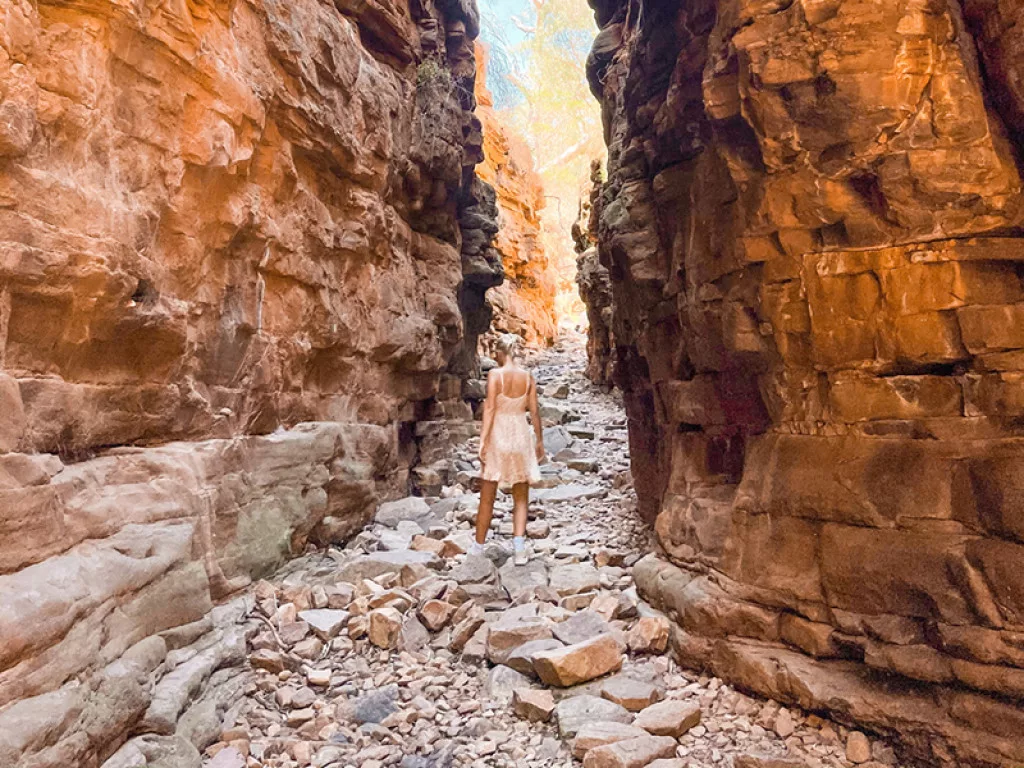
How is the SATC navigating recovery for tourism from the COVID-19 pandemic? What marketing tactics are you leveraging to move forward with this?
RH: Throughout the pandemic we have been working in partnership with our industry colleagues to encourage South Australians to holiday at home and explore more of their own backyard. As part of this effort, we introduced a Great State Voucher scheme which has been phenomenally successful and is expected to create an estimated $90 million worth of economic benefit to the state. Latest data shows that intrastate expenditure has increased 29 percent in the 12 months to June 2021 to a record high of $2.6 billion. This work has helped operators maintain their businesses and, in some cases, has encouraged further innovation and new launches. This means we’re ready to welcome back Australian visitors from the other states and we have lots to show off to international visitors when borders reopen to them. Around the world we’re working with our travel agent partners to upskill them so they’re ready to sell Adelaide and South Australia when the time is right, and we’re working with media partners to share our stories directly to people planning big trips for 2022.
Does the SATC have any ongoing projects that you would like to showcase?
RH: The key point I’d like to reiterate is how much we’ve missed our visitors from overseas and indeed from other parts of Australia. We can’t wait to welcome everyone back when the time is right. During the pandemic across the state, we’ve seen a raft of fantastic new accommodation open up, new tours launch, and new infrastructure being put in place. All of this innovation means South Australia has more to offer than ever before, and this has been recognised in a number of different ways. Most recently Adelaide was voted the world’s third most liveable city, and National Geographic UK included Adelaide in its list of top seven sustainable destinations for 2022 and beyond. We look forward to sharing South Australia and its many wonderful experiences with first time visitors, and with those who fell in love with our state before and are coming back to discover more.

“We have a long road ahead of us, but it’s wonderful to see the green shoots of recovery emerge”
Rodney Harrex, Chief Executive, SATC
OUTLOOK RECOMMENDS
EAT & DRINK:
For Barossa hospitality in a world-class winery
Since 1929, Flaxman Wines has specialised in growing Riesling, Shiraz and Semillon. Today, the vineyard offers wine tours and even a five course-degustation showcasing the best of the Barossa Valley’s produce. For tasting tours and leisurely lunches, find out more and book your visit at flaxmanwines.com.au
For exploring the culinary capital
Urban Adelaide is known for its Central Market. Some of the city’s best eateries and are to be found in this labyrinthine complex, hosting over 250 stalls. Guided tours are available or explore on your own and be spoilt for choice. Try Asian Gourmet for delicious laksa, or long-running favourite Lucia’s Pizza & Spaghetti Bar.
DO:
For kangaroo watching in the wild
Kangaroo Island is a must-visit in South Australia. In this paradisical landscape, a healthy population of Kangaroos has flourished, so much so that the species even outnumbers cars on the island. Sealink has been offering guided wildlife tours and ferry trips to Kangaroo Island for over 30 years. Book your tours and experiences on their website: sealink.com.au
For Aboriginal cultural appreciation
Following the course of the Gemtree winery Eco Trail, enjoy unparalleled insight into Aboriginal culture with Gemtree’s recently launched Aboriginal Cultural Tour. In this immersive experience, Karuna Elder Karl Winda Telfer shares his precious knowledge of culture, connection and country. Book here.
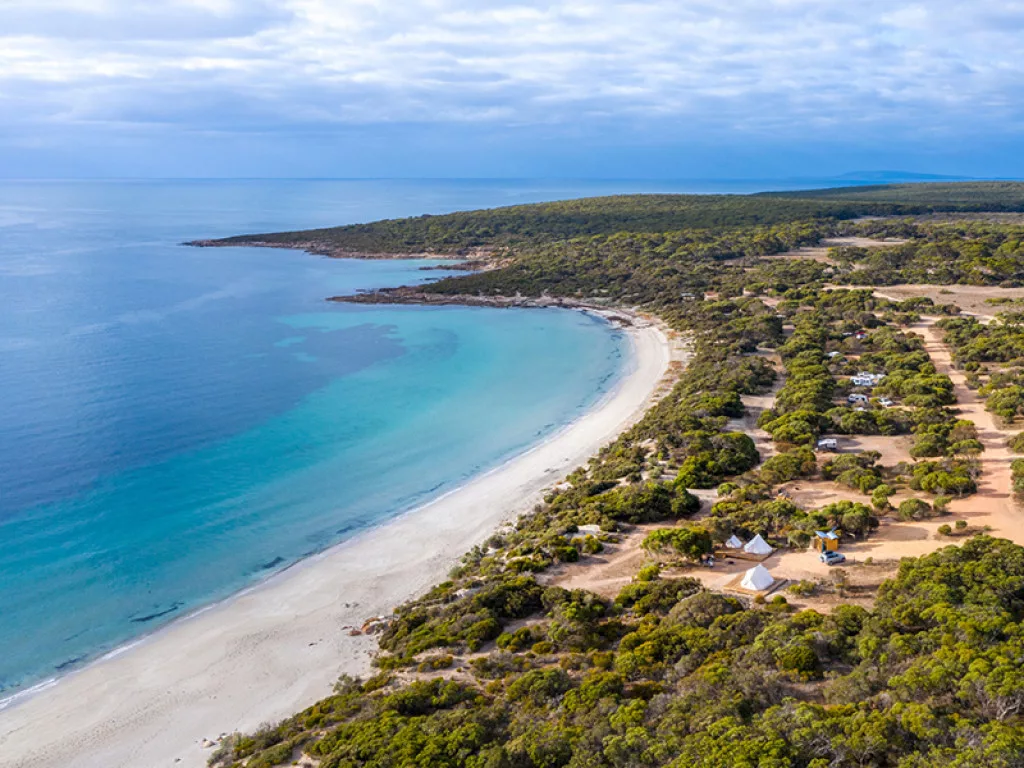
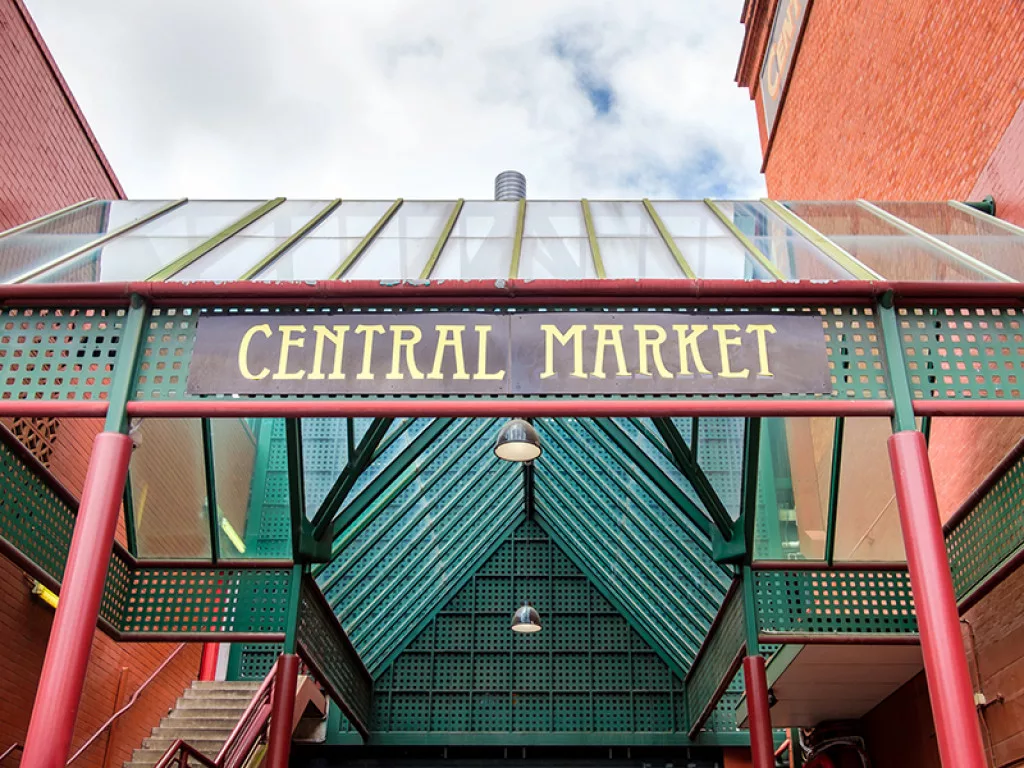
SLEEP:
For an eco stay on the Eyre Peninsula
The newly opened Eco Eyre offers beachfront accommodation with an eco-friendly twist. Stay in well-equipped eco-pods with direct beach access on the breathtaking seascapes of the Eyre Peninsula. This truly is a slice of paradise. Visit the Eco Eyre website to book: ecoeyre.com.au
For an urban getaway in central Adelaide
Located seconds away from the culinary hub of the Central Market, Hotel Indigo offers a comfortable stay that pays homage to the area’s vibrant culture. A design-focused boutique accommodation, Hotel Indigo celebrates its local heritage and offers the region’s best produce. Visit Hotel Indigo Adelaide Markets to book: adelaide.hotelindigo.com.
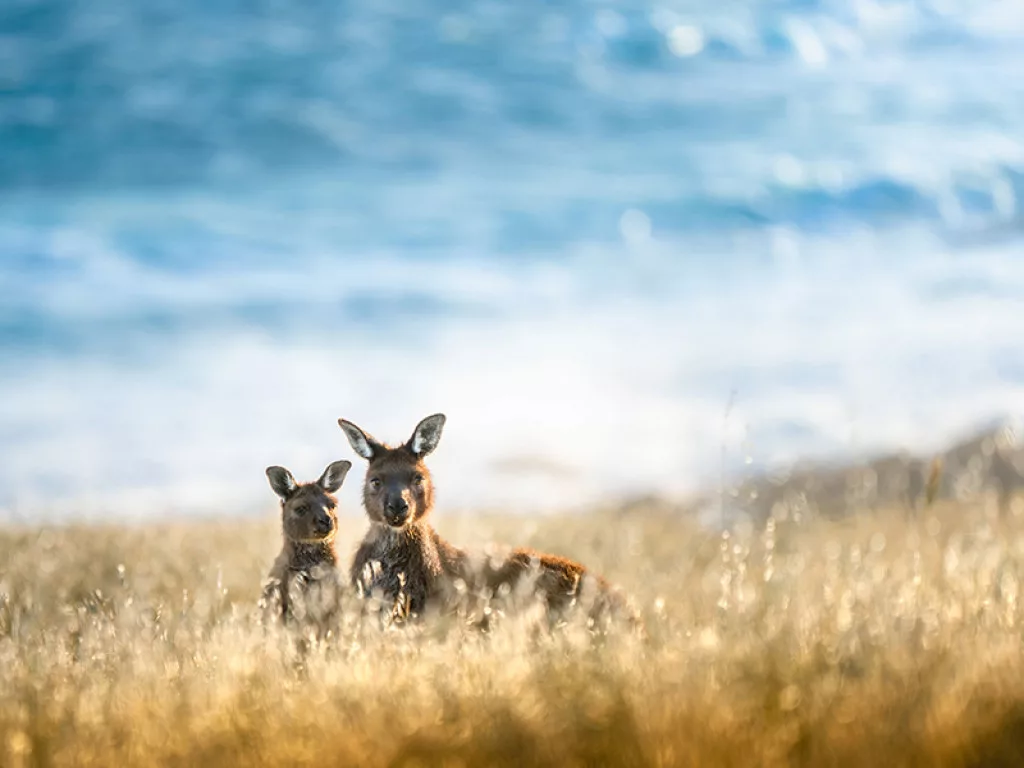
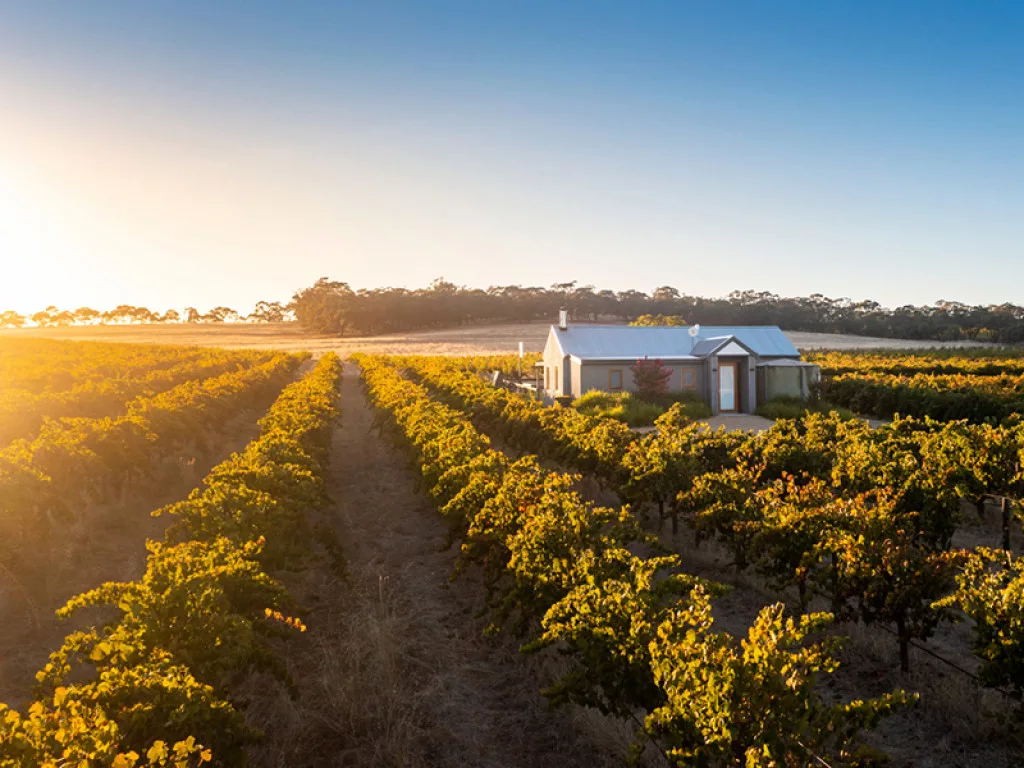
ADELAIDE IN FOCUS
Widely acknowledged as the lifestyle capital of Australia, and recently voted the world’s third most liveable city, eclectic Adelaide is home to over 70 percent of South Australia’s population.
Inhabited by Australia’s first free settlers, the vineyard city of Australia is known for its natural and cultural heritage, as showcased in the South Australian Museum and of course is well known for its wineries. Adelaide celebrates the Kaurna Aboriginal culture of the land it occupies – with the city originally known as ‘Tarndanyangga’, translating as ‘place of the red kangaroo’. It was later renamed after Queen Adelaide, consort to King William IV.
Greater Adelaide comprises the surrounding Adelaide Hills, while the city itself sprawls from the coast of the Gulf St Vincent in the west, to the Mount Lofty ranges in the east. Known as the 20-minute city, drive 20 minutes one way and you’ll be steeped in the scenic hills of wine country; drive 20 minutes the other way and you’ll be at the beach. Locally sourced food, some of the world’s finest wine, and picturesque areas of green parkland are some of the city’s most attractive ingredients.
As a haven for the arts, Adelaide is reputed for its colourful cultural scene and live music with a full calendar of festivals and events. The city’s artistic hub can be found nestled between the River Torrens and North Terrace and is easily explored on foot. From metropolitan beaches like Glenelg, to the thriving multicultural foodie scene of the Central Market and the historic sporting grounds of the Adelaide Oval, home of the South Australian Cricket Association, this is a city that deserves some time to explore.
Did you know?
That South Australia is known for its festivals? From foodie festivities to cultural displays and sporting events, here’s a round-up of what’s on for 2022:
The Adelaide Fringe
18 February – 20 March 2022
The Adelaide Festival
4-20 March 2022
Tasting Australia
29 April – 8 May 2022
Kangaroo Island Marathon
21 May 2022
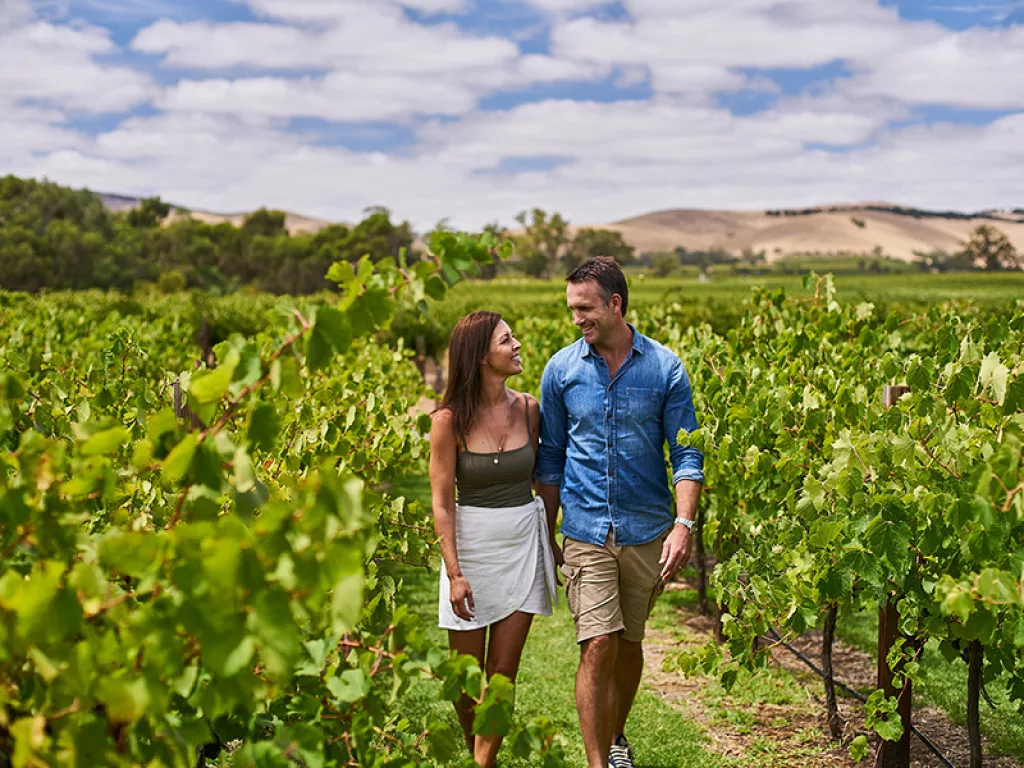
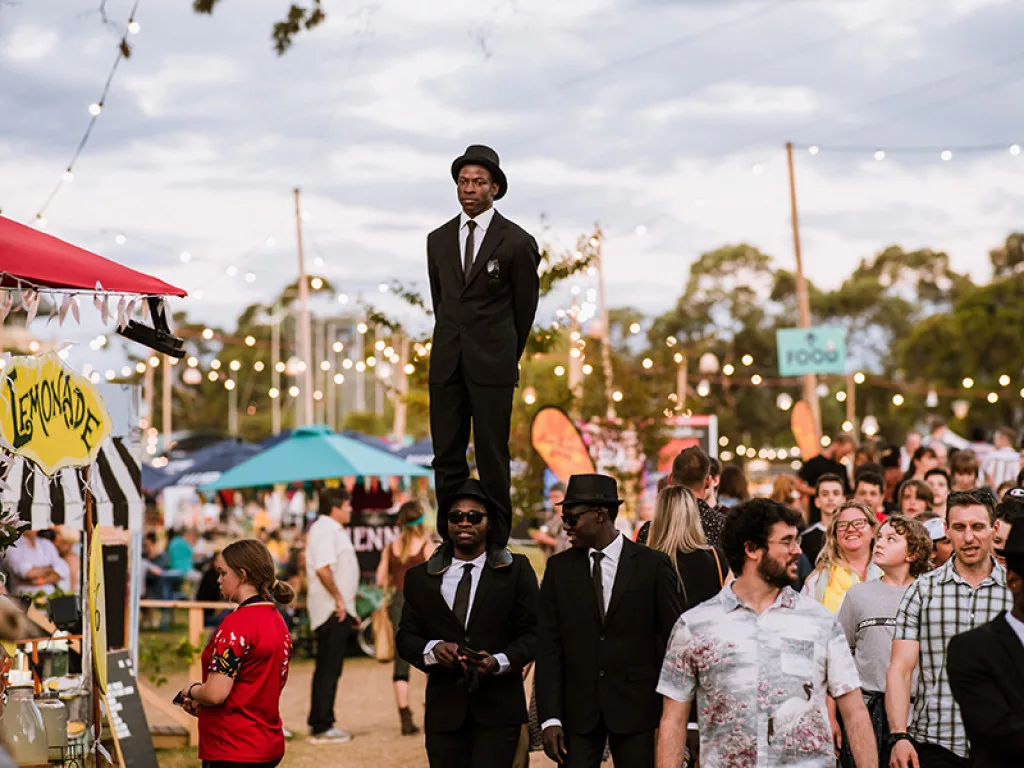
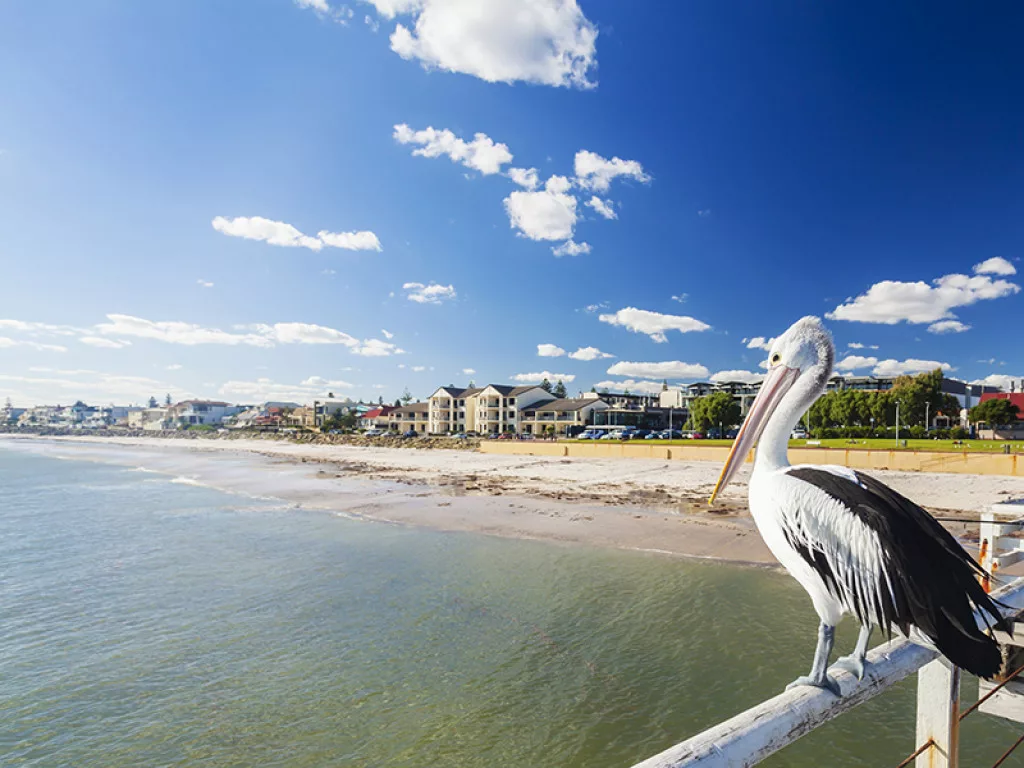
LANDMARK ATTRACTIONS
Eyre Peninsula
For aquatic activities, the Eyre Peninsula offers some of the best in the world. Marine life here includes sea lions, dolphins and whales off the coast of Port Lincoln, and endemic colour-changing cuttlefish. The more daring may even be tempted by a shark cage dive. The area also boasts fantastic local seafood, wine, and some fabulous places to stay.
Ikara-Flinders Ranges National Park
A five-hour drive from Adelaide, the Ikara-Flinders Ranges National Park is one of South Australia’s most treasured regions. The park boasts native wildlife, Aboriginal rock art sites, and the 80 square-kilometre natural basin of Wilpena Pound (Ikara). For outdoor enthusiasts, head to Flinders Ranges to bushwalk, mountain bike and explore in awe-inspiring mountain scenery steeped in Aboriginal culture.
Murray River
Australia’s answer to the Mississippi, the Murray River winds through South Australia and is Australia’s longest river. This 130-million-year-old river is rich in Aboriginal history, supposedly formed by a giant cod according to Dreamtime stories. Appreciate this scenic waterway by hiring a kayak, joining a paddle steamer cruise, or even staying on a houseboat in the heart of nature. Doing the four day Murray River Walk or three day Murray River Safari is an incredible way to immerse yourself in the riverland with experienced local guides.
GETTING THERE AND AROUND
Visitors to South Australia will likely arrive in Adelaide’s international airport, which is widely serviced by the world’s leading airlines including Qatar Airways and Singapore Airlines. If travelling from within Australia, the city is also easily accessed by domestic airlines at just an hour’s flight from Melbourne and an hour and ten minutes from Sydney. In terms of train travel, Great Southern Rail offers interstate travel options to Adelaide.
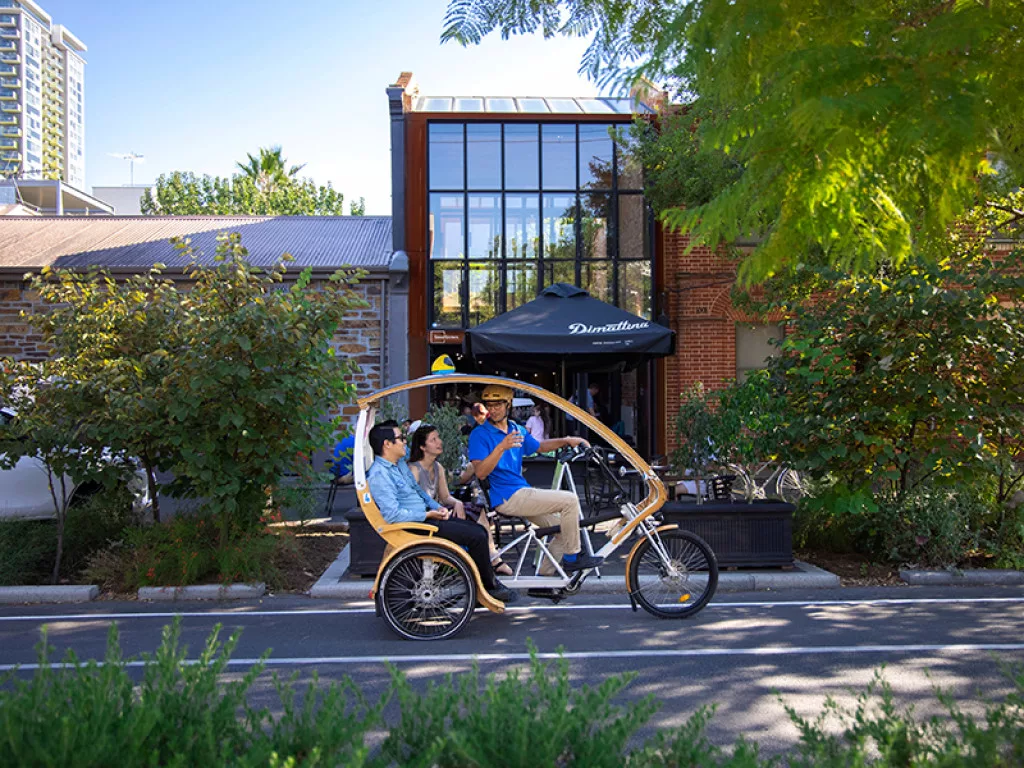
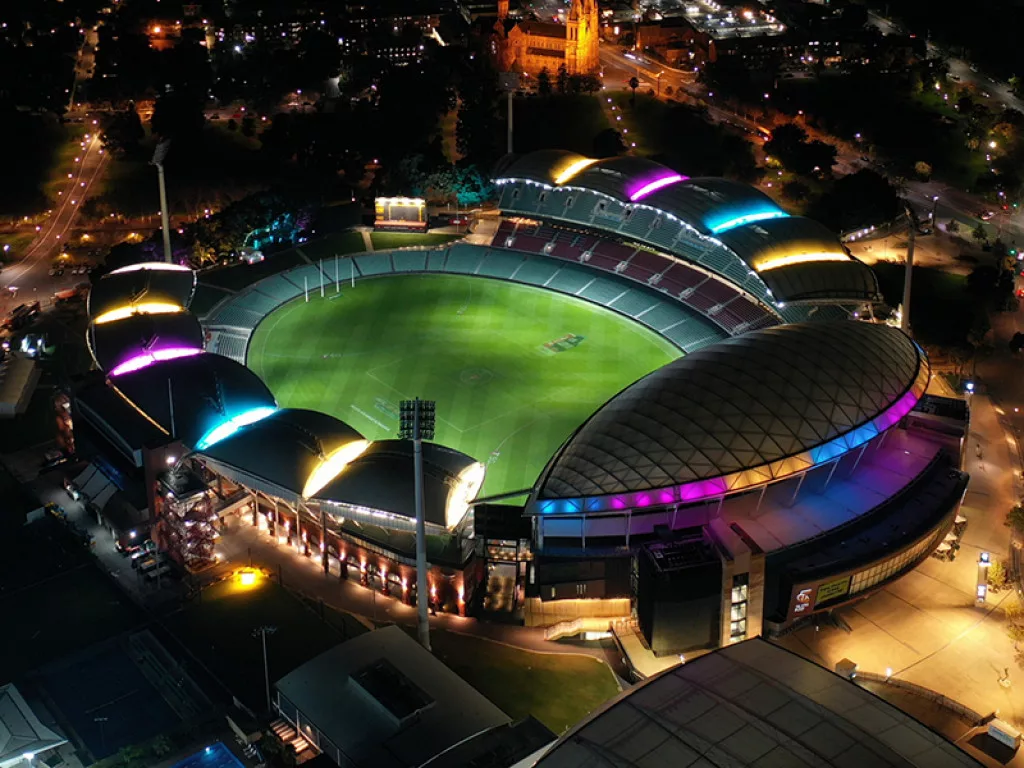
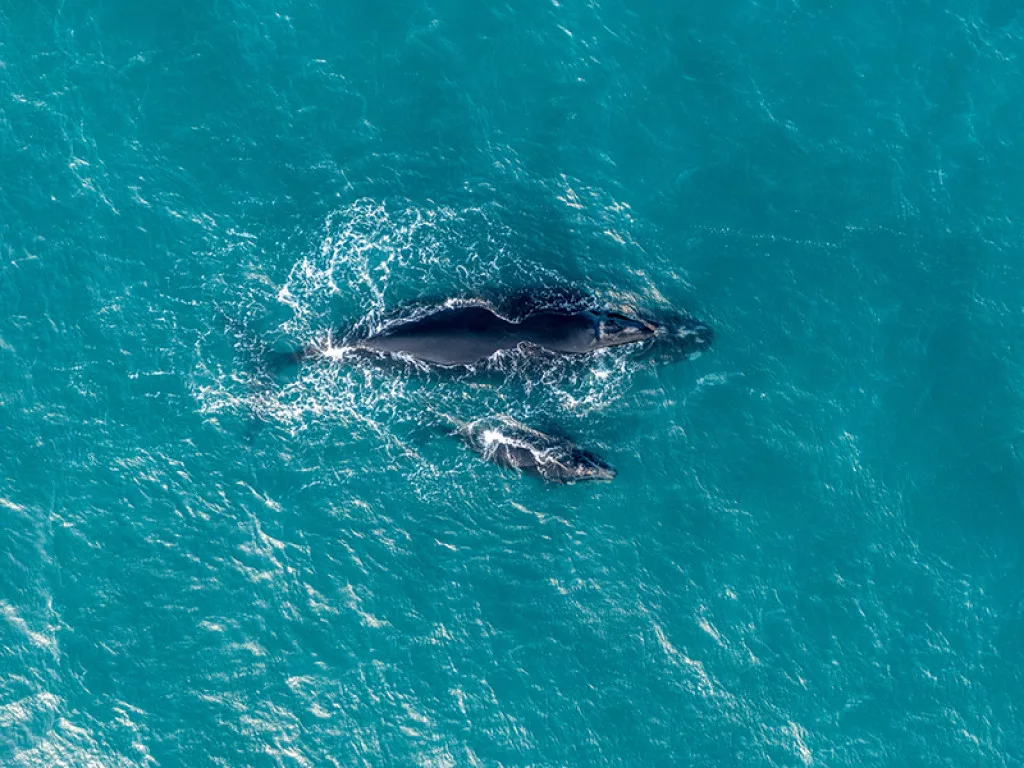
Driving is typically the best way to get around regional South Australia, whilst Adelaide is served by a reliable public transport system including the Metro and a free tram system. For travelling within the city, the Adelaide Metro Visitor Pass offers unlimited travel for three consecutive days including a visitor pack with maps and travel guides. Green transport is also available and encouraged, with over 500 bikes available through the Adelaide Free Bikes scheme, and with EcoCaddy – both of which are a great way to explore the city’s established network of laneways.
For those not driving, the region is covered by bus services running through both Greyhound and Premier Stateliner. If visiting Kangaroo Island, an express ferry service can be found a two-hour drive from Adelaide and is operated by SeaLink. On the island itself, car, van or RV hire is readily available near the ferry terminal in Penneshaw. To reach the Eyre Peninsula, head west with the Spencer Gulf Searoad vehicle and passenger ferry, which also takes in the Yorke Peninsula.
